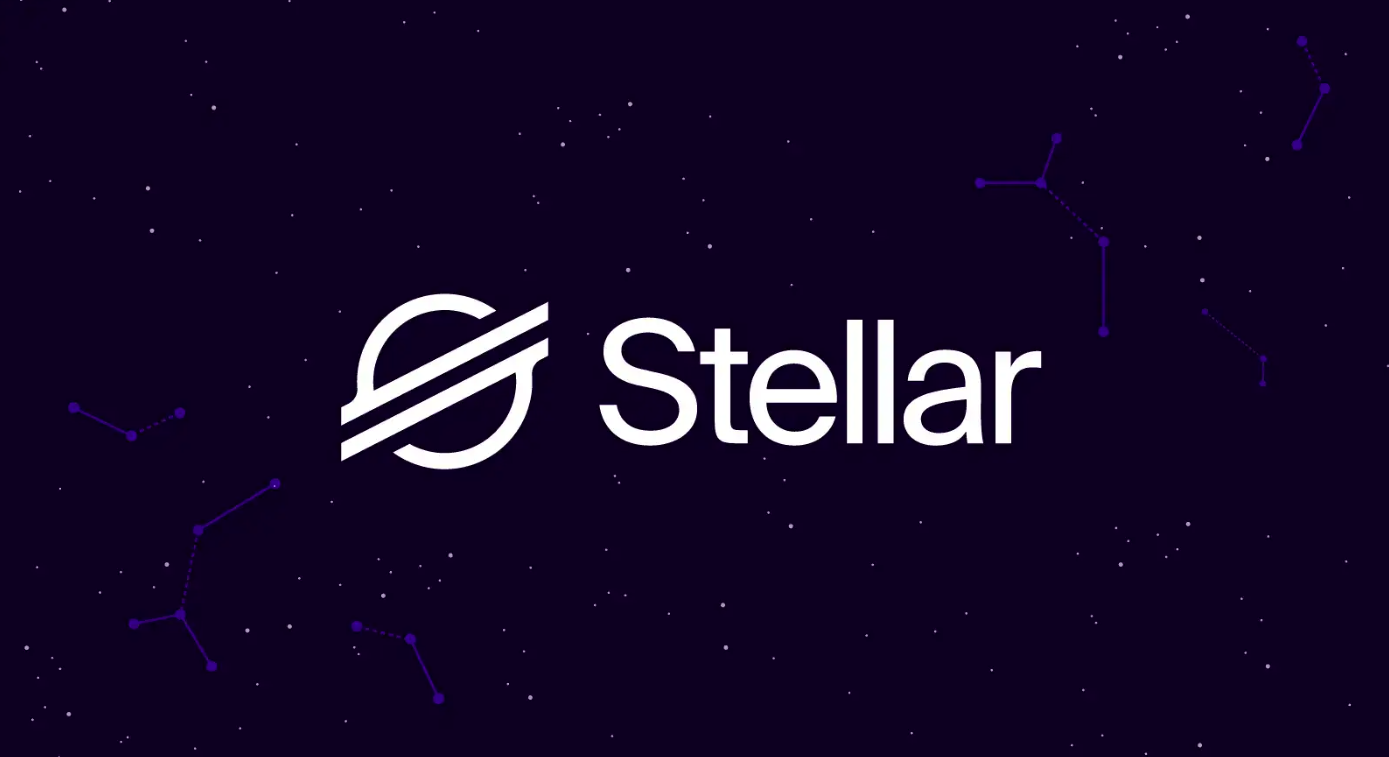Stellar is a decentralized payments network designed to facilitate fast, secure, and cost-effective cross-border transactions. Established in 2014, Stellar enables near-instant global payments and currency exchanges while connecting individuals, banks, and payment systems at a fraction of traditional costs. It has positioned itself as a robust tool for remittances, supporting fiat currencies like the US dollar and euro, as well as cryptocurrencies such as Bitcoin.
As an open-source blockchain run by independent validators, Stellar operates under the stewardship of the Stellar Development Foundation (SDF), a nonprofit founded by Jed McCaleb. The SDF maintains Stellar’s codebase, supports the ecosystem, and engages with regulators. It funds operations through a reserve of lumens (XLM), Stellar’s native asset, allocated at the protocol’s inception.
Stellar’s Key Partnerships and Developments
In October 2020, the SDF announced that Stellar would support USD Coin (USDC), a stablecoin issued by Circle. This led to Stellar’s collaboration with MoneyGram in 2021, allowing users of digital wallets on Stellar to access MoneyGram’s global retail network. In 2023, Circle’s euro-backed stablecoin (EURC) became available on Stellar, enabling real-time euro transactions. In 2024, Stellar introduced smart contract functionality, further expanding its capabilities in decentralized finance (DeFi).
How Stellar Works
The Stellar network uses the Stellar Consensus Protocol (SCP), a unique proof-of-agreement (PoA) consensus mechanism. Unlike traditional proof-of-work (PoW) or proof-of-stake (PoS) models, SCP secures the network through reputation rather than computational power or staked tokens. This makes Stellar highly energy-efficient and cost-effective.
Validators, known as nodes, maintain a common ledger by reaching consensus through the following process:
- Each validator selects a quorum set, a group of trusted nodes.
- Validators pool transactions into blocks and review them for validity.
- A validator polls its quorum set to confirm a block’s validity.
- Once sufficient agreement is reached, the block is confirmed and added to the ledger, typically within five seconds.
The Anchor platform, built on Stellar, enables seamless integration with banking systems, allowing for smooth cross-border transactions. Anchors act as intermediaries, converting fiat currency into digital tokens and ensuring interoperability between traditional finance and Stellar’s blockchain.
The Role of Lumens (XLM)
XLM, Stellar’s native token, maintains network efficiency and prevents spam. Unlike mined cryptocurrencies, XLM had a fixed initial supply of 100 billion, later reduced to approximately 50 billion after a 2019 community vote eliminated its inflation mechanism. The SDF holds a significant portion for network development.
Each Stellar account must hold a minimum of 1 XLM, and transaction fees start at just 0.00001 XLM, ensuring accessibility and affordability. Users can acquire XLM through cryptocurrency exchanges and store it in a compatible hardware wallet for security.
Setting Up a Stellar Validator
Anyone can participate in Stellar’s open network by running a validator node. The process includes:
- Choosing a node type (validator or full validator).
- Meeting hardware requirements (e.g., 8x Intel Xeon vCPUs, 16GB RAM, 100GB SSD).
- Ensuring network access with specific TCP ports open.
- Installing and configuring Stellar Core.
- Setting a quorum set for consensus participation.
Use Cases of Stellar
Stellar supports various financial applications, including payments, asset tokenization, and DeFi:
- Cross-border payments: Stellar enables remittances, payroll, e-commerce transactions, and supplier invoicing at a fraction of traditional costs.
- Asset tokenization: Issuers can tokenize fiat, bonds, stocks, and commodities efficiently, with built-in features for compliance and security.
- DeFi: Developers can build DeFi applications using Soroban, Stellar’s Rust-based smart contract platform.
Stellar’s network is also well-suited for central bank digital currencies (CBDCs) and tokenized assets. Financial institutions like Franklin Templeton and WisdomTree have utilized Stellar for blockchain-based financial products due to its compliance-friendly architecture.
Comparing Stellar to Other Blockchain Networks
Stellar stands out due to its focus on financial inclusivity, low transaction fees, and energy efficiency. Unlike Ripple, which targets institutional banking solutions, Stellar prioritizes individual financial empowerment. The SCP consensus mechanism also differs from Ripple’s RPCA, making Stellar more decentralized and resistant to single points of failure.
Can Stellar Achieve Mass Adoption?
Stellar’s strategic partnerships, low fees, and financial inclusivity make it a strong contender for mass adoption. However, challenges such as competition from Ripple, mainstream adoption hurdles, and concerns about the SDF’s control over XLM supply must be addressed.
With continued innovation, regulatory engagement, and expansion into emerging financial markets, Stellar has the potential to become a global leader in blockchain-based payments and financial services.




